26 Types of Trees in Wisconsin (With Pictures)
-

- Last updated:

Wisconsin is home to a wide variety of native tree species. Both coniferous and deciduous trees call Wisconsin home. Although there are dozens of tree species in the state, only 26 are native.
Let’s take a look at the native trees in the state of Wisconsin.
The 26 Types of Trees in Wisconsin
1. Ash

| USDA Hardiness Zone: | 2–9 |
| Wood Type: | Hardwood |
Ash is one of the most popular trees in Wisconsin. Approximately 7.8% of Wisconsin trees are Ash specifically. As a result, there are about 898 million Ash trees in the forest land. Wisconsin is home to four different Ash species, including Green Ash, White Ash, Black Ash, and Blue Ash.
2. Aspen
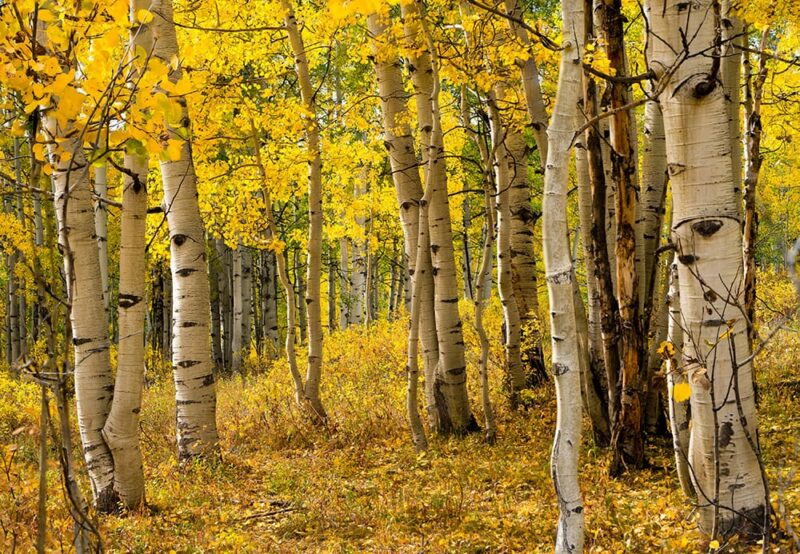
| USDA Hardiness Zone: | 2–7 |
| Wood Type: | Hardwood |
Aspen is found mainly in the northern part of Wisconsin. Up in the northern woods, about 4% of the trees fall under the Aspen category. It is the second most common forest cover in this region, just after Maple.
3. Basswood

| USDA Hardiness Zone: | 3–8 |
| Wood Type: | Hardwood |
Basswood is a pretty unusual tree for Wisconsin. It is very tall and has large leaves that are shaped like hearts. These trees are produced in the midsummer and have fragrant flowers.
4. Beech
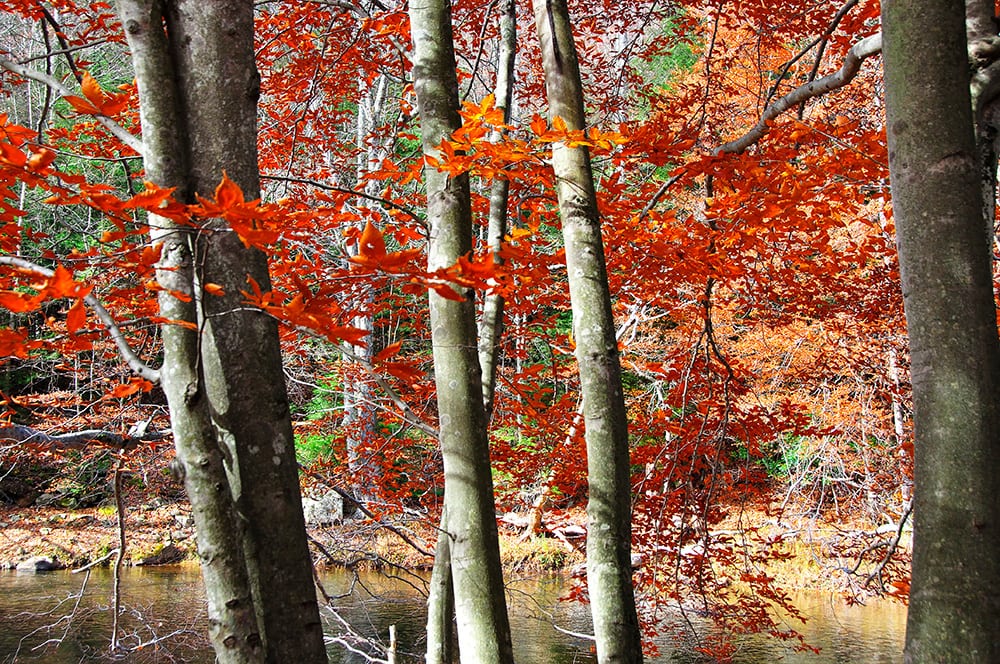
| USDA Hardiness Zone: | 3–9 |
| Wood Type: | Hardwood |
Beech trees are native to Wisconsin. These trees are very large and take a long time to grow. There have been blights against Beech trees in the areas, but the Beech bark disease isn’t as common in Wisconsin as it is in other states.
5. Birch

| USDA Hardiness Zone: | 2–6 |
| Wood Type: | Hardwood |
Birch is a familiar favorite in Wisconsin. Many children like playing with the tree’s papery bark. There are several different species of Birch in the area, but a significant part of northern Wisconsin sees the most Birch coverage.
6. Box Elder
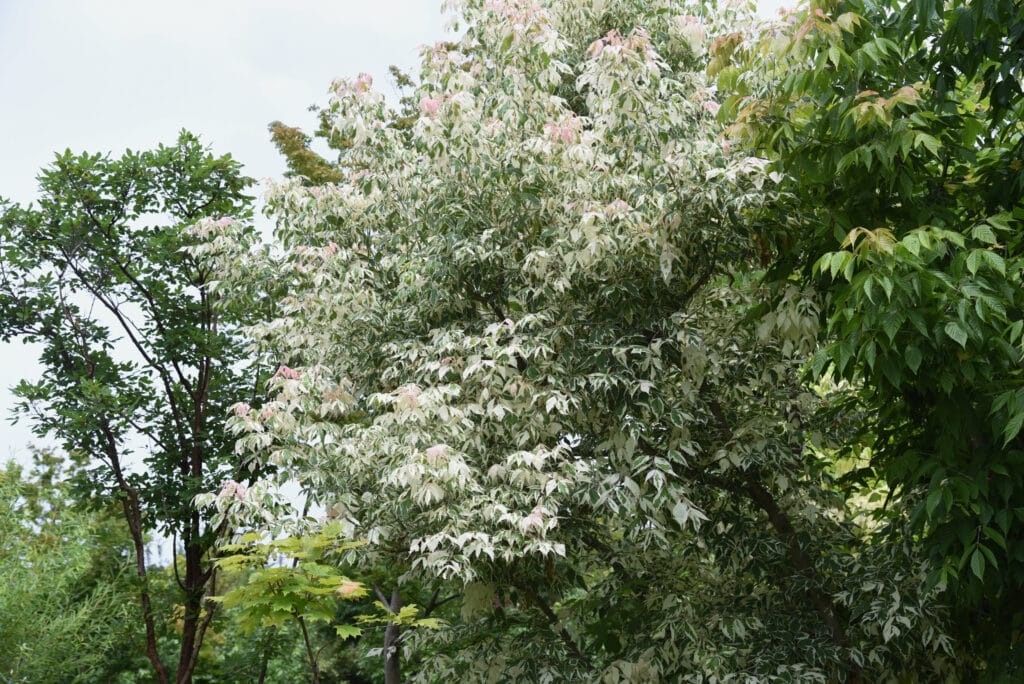
| USDA Hardiness Zone: | 2–9 |
| Wood Type: | Hardwood, with some softwood properties |
Box Elders are not the most popular trees in Wisconsin. They are often considered a weedy tree. Even so, this tree is very common in urban settings, and it is very adaptable to Wisconsin and other areas.
7. Butternut

| USDA Hardiness Zone: | 3–7 |
| Wood Type: | Softwood |
Butternut is actually a special concern plant for Wisconsin. It is only found in mesic hardwoods and riparian hardwood forests. These beautiful trees bloom between the months of April and June and fruit during October.
8. Cedar
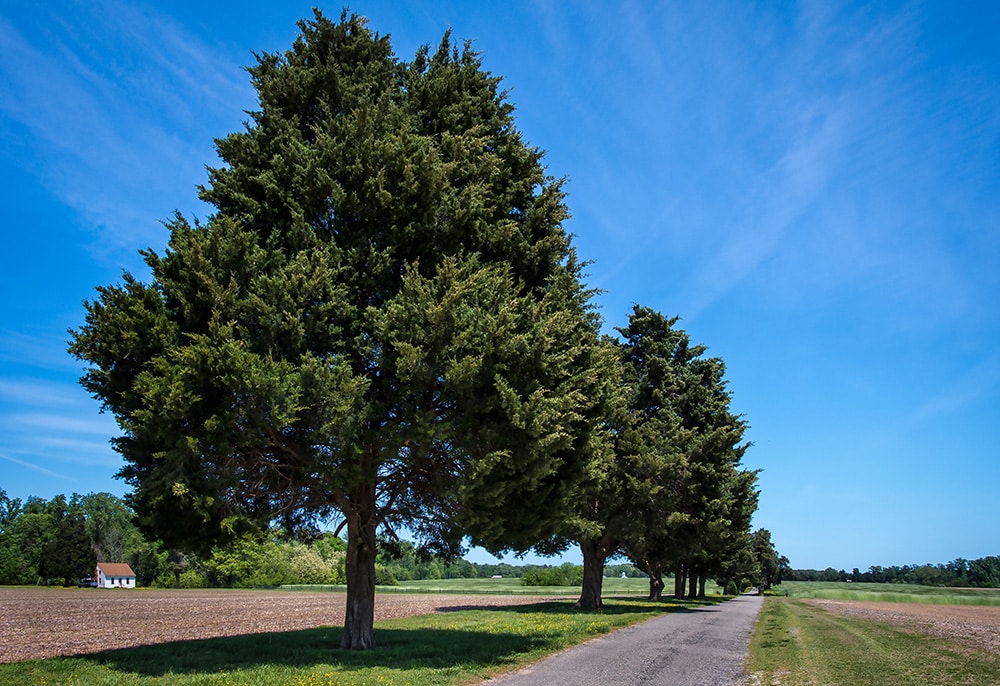
| USDA Hardiness Zone: | 5–8 |
| Wood Type: | Softwood |
Cedar is a tree that has taken over Wisconsin. It can grow in the southern parts of the state where other trees refuse to grow. Often, you can see Red Cedars specifically growing in abandoned fields.
9. Cherry
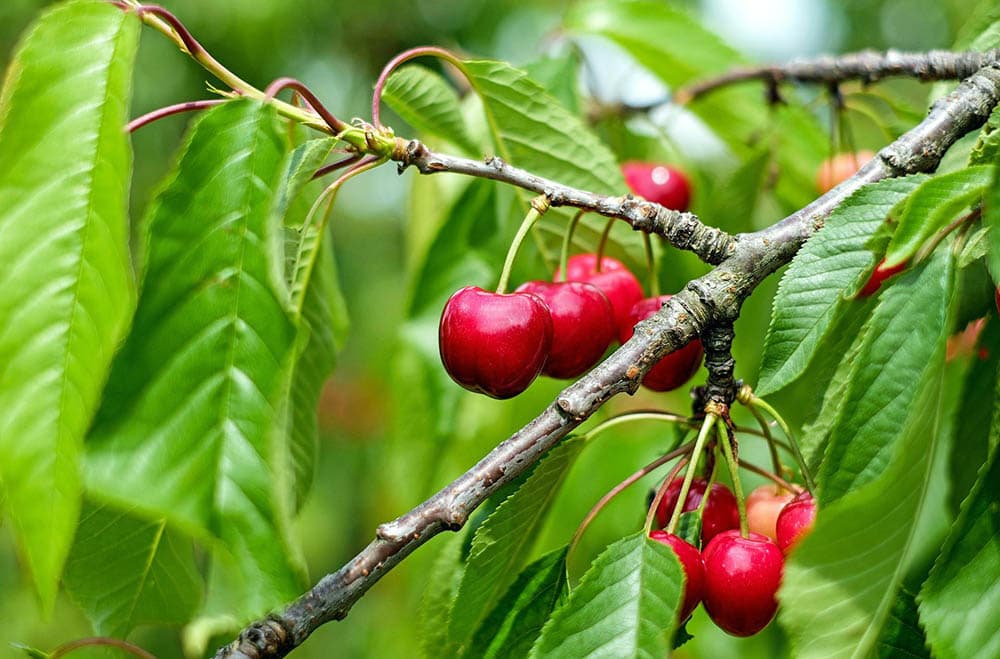
| USDA Hardiness Zone: | 4–7 |
| Wood Type: | Hardwood |
Cherry trees aren’t found all over Wisconsin. In fact, the vast majority of these trees are grown in Door County. In this county, the trees grow a little earlier in spring due to the lake in the area. As a result, this county produces the best Cherry trees in the state.
10. Cottonwood
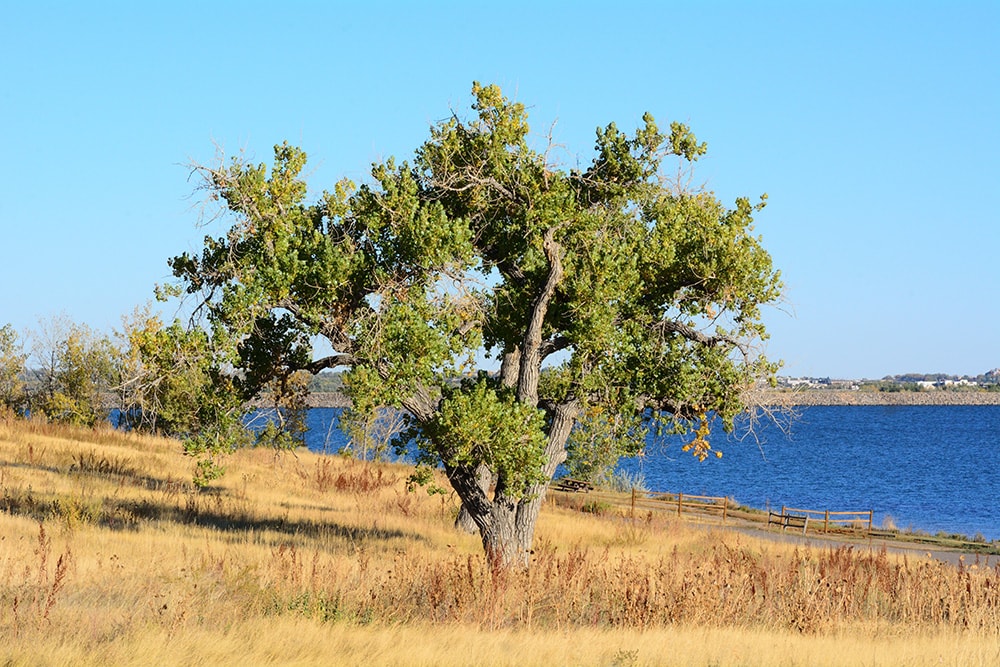
| USDA Hardiness Zone: | 2–9 |
| Wood Type: | Hardwood |
Some of Wisconsin’s most noteworthy sites include the Cottonwood trees. These trees are perfectly symmetrical and can be found along highways or in parks. Cottonwoods are also highly popular in Door County, just like the above-mentioned Cherry trees.
11. Elm
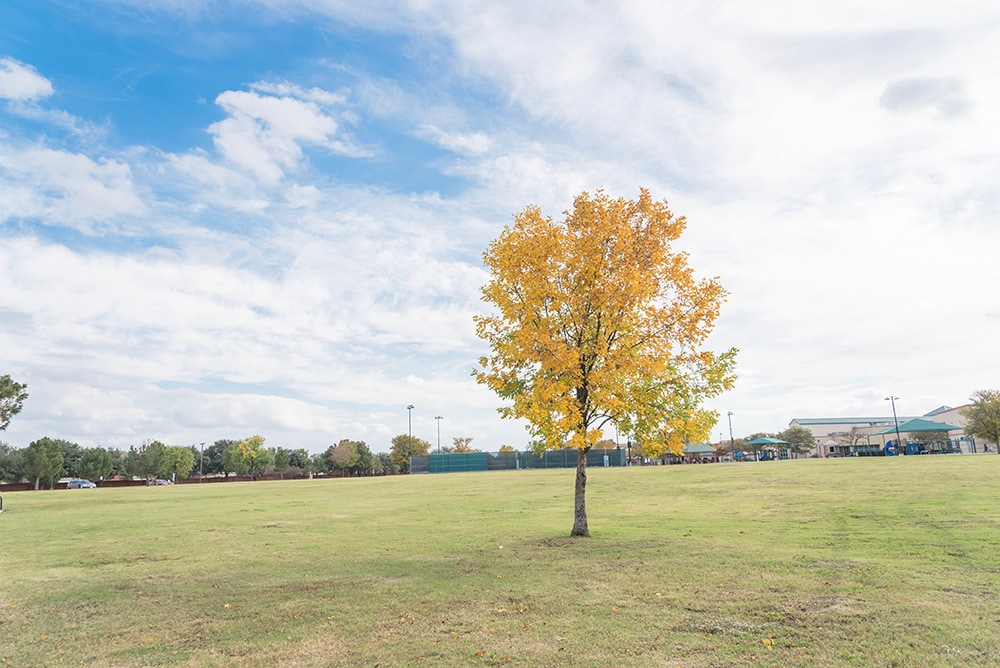
| USDA Hardiness Zone: | 5–9 |
| Wood Type: | Hardwood, with some softwood properties |
Although some of the trees on this list only grow in certain regions, the Elm tree can be found all over Wisconsin. It is most often found in the state’s deciduous forests along streams, but the trees can be found just about anywhere, including urban soils and old fields.
12. Fir
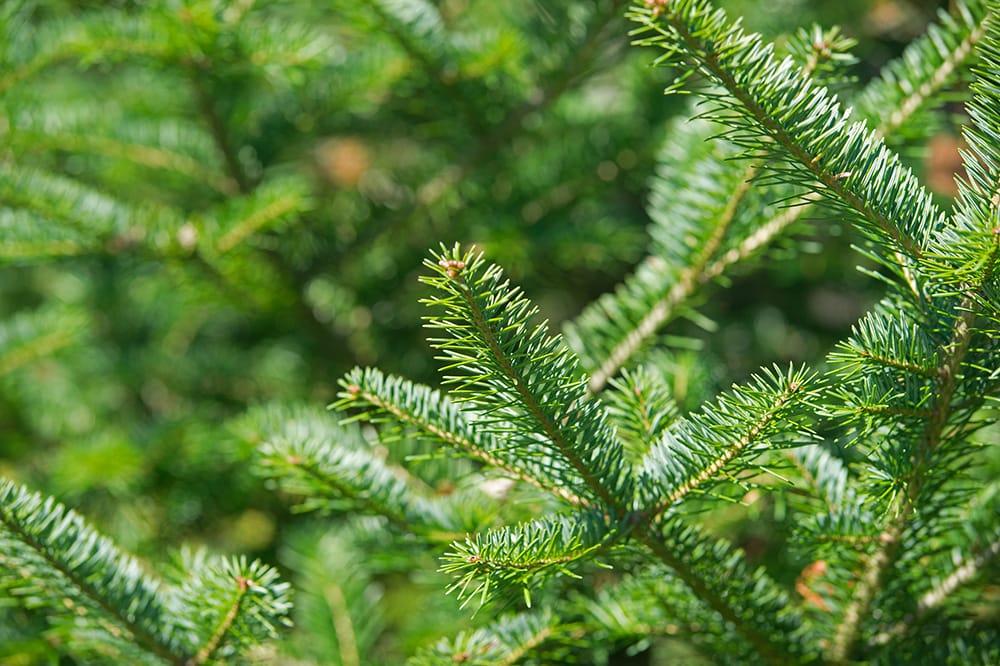
| USDA Hardiness Zone: | 4–6 |
| Wood Type: | Softwood |
Fir trees are a type of evergreen found in Wisconsin. There are two species native to the area, including Balsam Fir and White Fir. These trees are most common in forests along the northern part of the state.
13. Hackberry
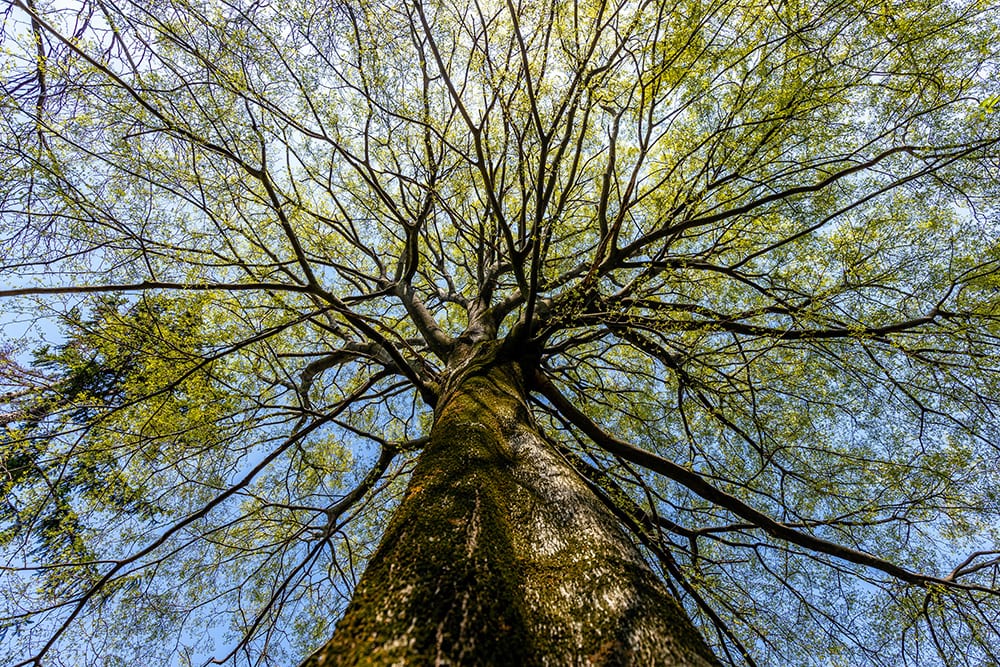
| USDA Hardiness Zone: | 2–9 |
| Wood Type: | Hardwood |
Not many people have heard of the Hackberry tree. This tree provides fantastic shade and has a vase-like canopy. Its bark has a warty appearance, and it is perfect for bird watching.
14. Hemlock

| USDA Hardiness Zone: | 3–8 |
| Wood Type: | Softwood |
Hemlocks can be found in small patches of mesic forests around the state. These trees are further south than most other trees in the state. The only Hemlock species in the area is the Eastern Hemlock.
15. Hickory
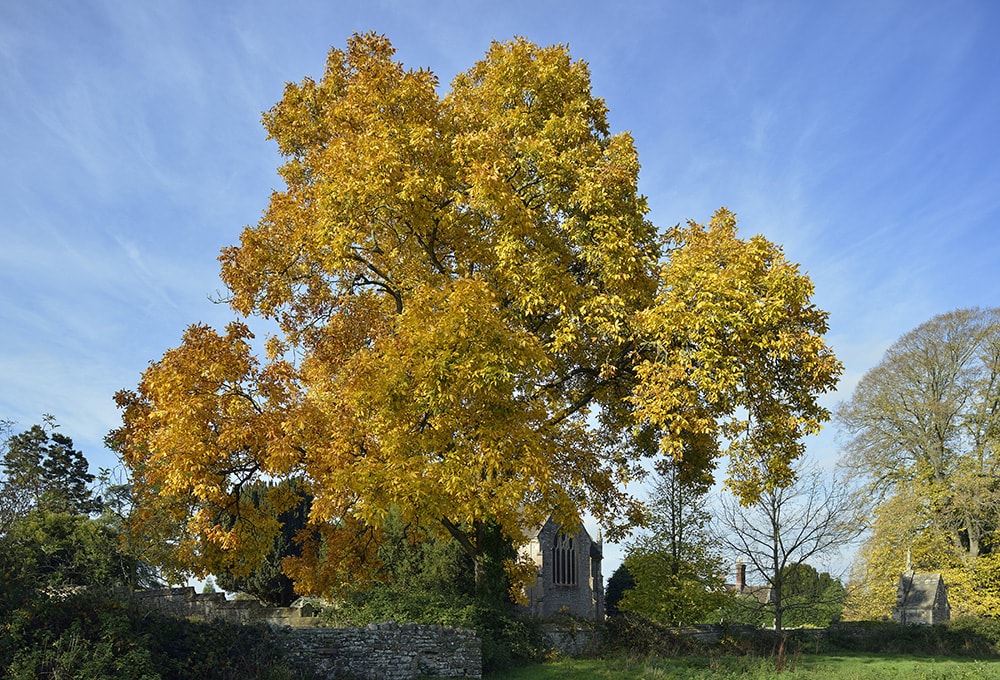
| USDA Hardiness Zone: | 4–8 |
| Wood Type: | Hardwood |
There are two Hickory species in Wisconsin: Bitternut and Shagbark. The Shagbark Hickory is super easy to identify due to its unique leaves and large nuts. Of all the species in Wisconsin, Hickory wood has the highest density.
16. Ironwood
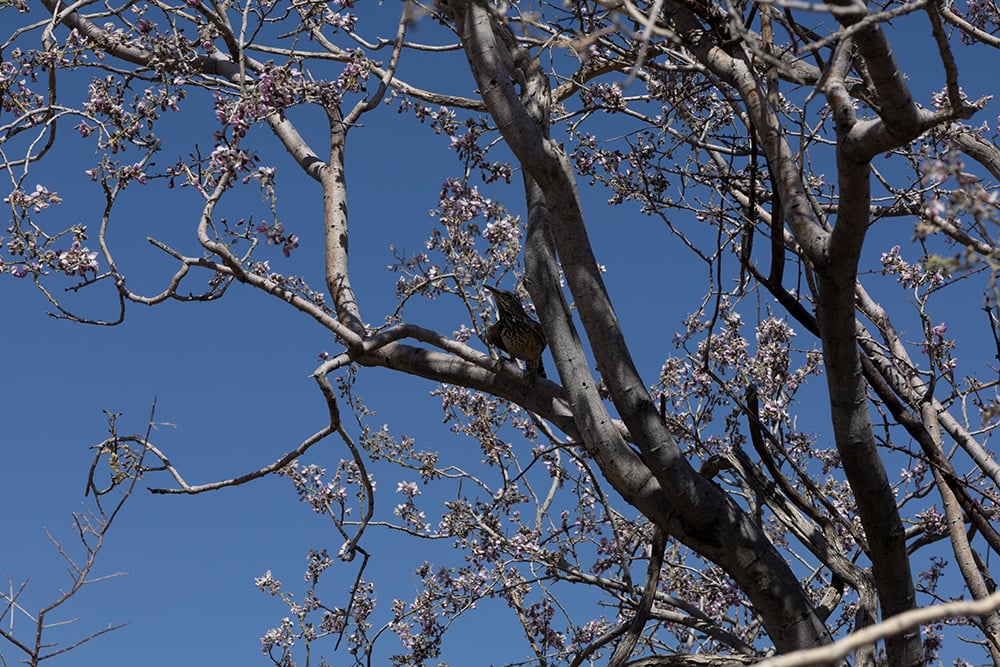
| USDA Hardiness Zone: | 9–11 |
| Wood Type: | Hardwood |
Ironwood is a small tree that grows in a pyramid-like shape. It often grows in woods with Oak trees. Because it is so small, it grows easily in restricted spaces, but it grows slowly.
17. Juneberry

| USDA Hardiness Zone: | 2–5 |
| Wood Type: | Hardwood |
The Juneberry tree, also known as the Serviceberry tree, is a small tree or shrub. It is deciduous and has beautiful spring blossoms. This is a great tree for landscaping purposes because it is beautiful year-round.
18. Locust
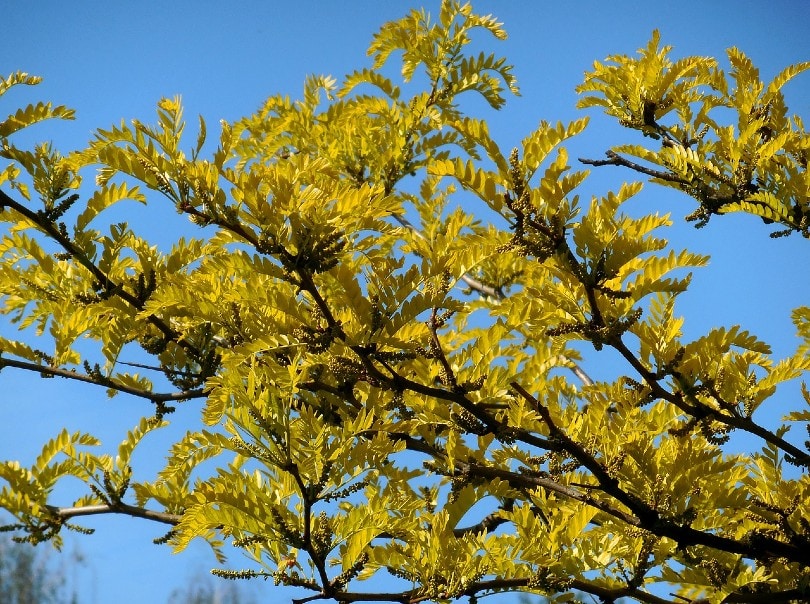
| USDA Hardiness Zone: | 4–8 |
| Wood Type: | Hardwood |
Black Locust and Honey Locust trees are common in Wisconsin. These trees grow quickly. In fact, some people view Black Locust as a type of pest or nuisance.
19. Maple
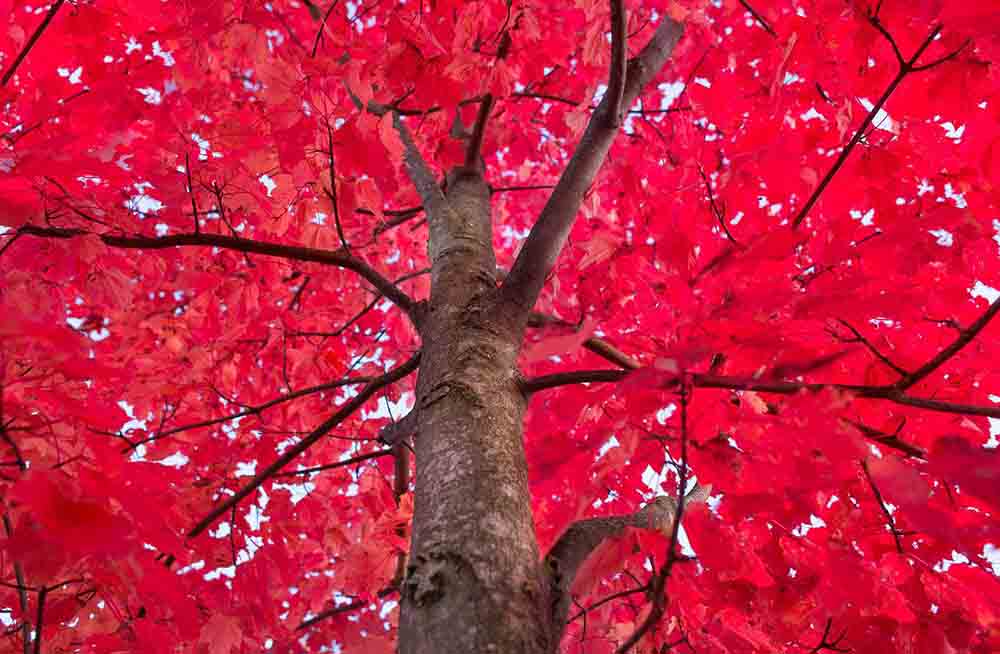
| USDA Hardiness Zone: | 4–9 |
| Wood Type: | Hardwood |
Maple is one of the most common trees in Wisconsin. There are four main Maple species, including Black Maple, Norway Maple, Red Maple, and Sugar Maple. This is the most common tree in the northern part of the state.
20. Oak
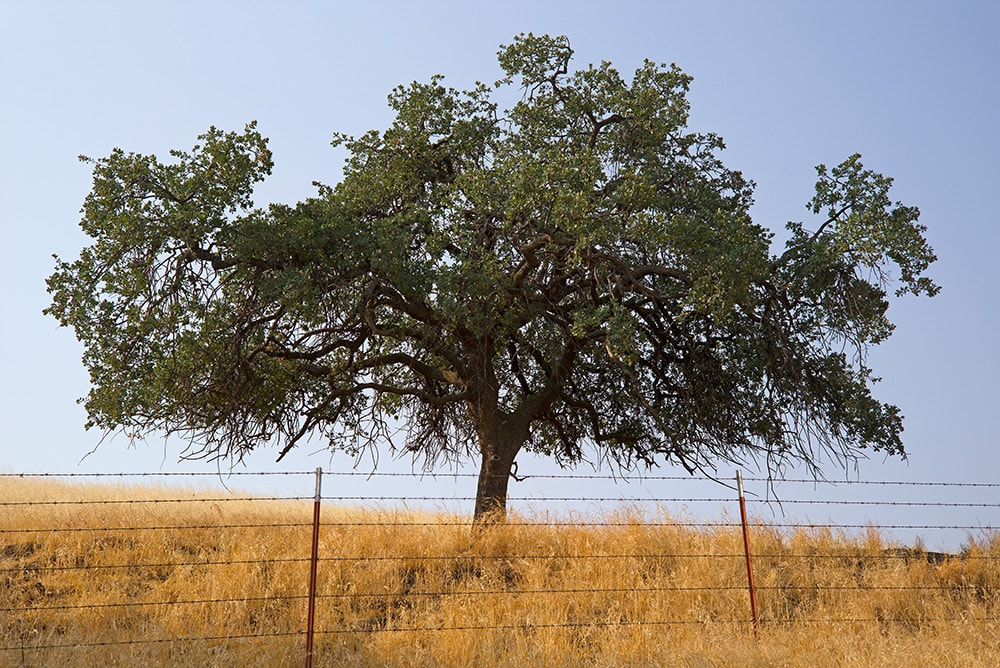
| USDA Hardiness Zone: | 1–11 |
| Wood Type: | Hardwood |
Much like Maple, there are many Oak varieties in Wisconsin. The dominant Oak species in the area include White Oak, Black Oak, and Bur Oak. You can sometimes find Red Oak as well.
21. Plum
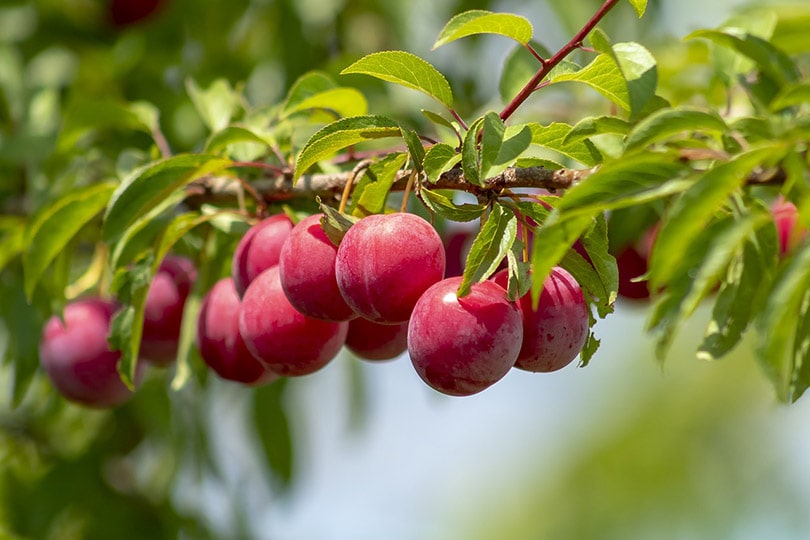
| USDA Hardiness Zone: | 4–9 |
| Wood Type: | Hardwood |
The plum tree is a Wisconsin native. It is sometimes classified as a large shrub. You can grow a single plum tree or create a whole colony. Plum trees are great because they are adaptable to many scenarios and environments.
22. Pine
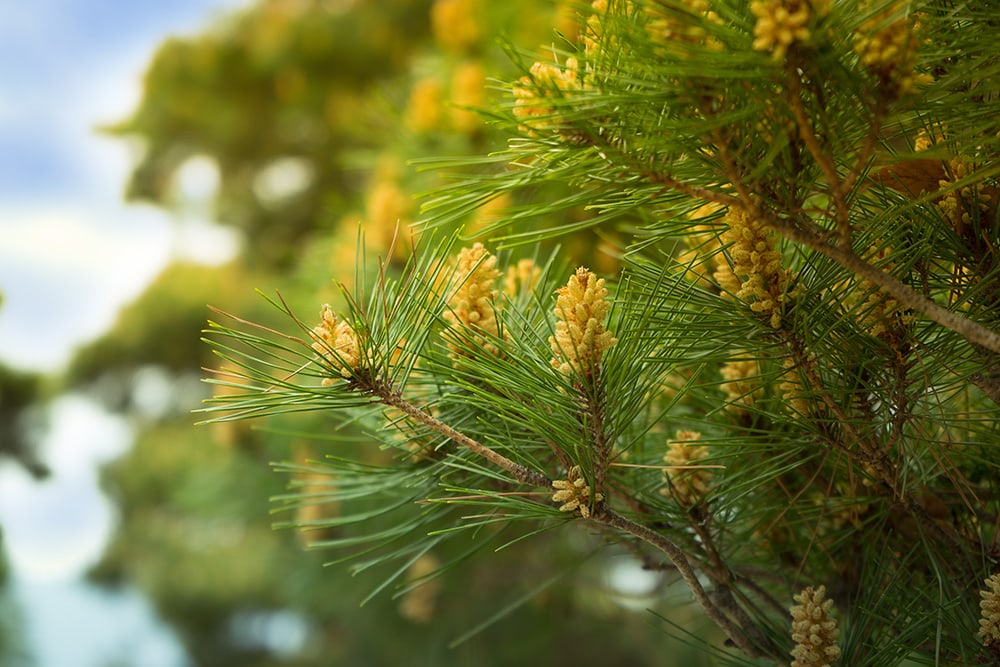
| USDA Hardiness Zone: | 4–9 |
| Wood Type: | Softwood |
There are about 100 species of pine trees in Wisconsin alone. However, the vast majority are Red, Jack, and Eastern White Pines specifically. You can find pine trees all over the state.
23. Spruce
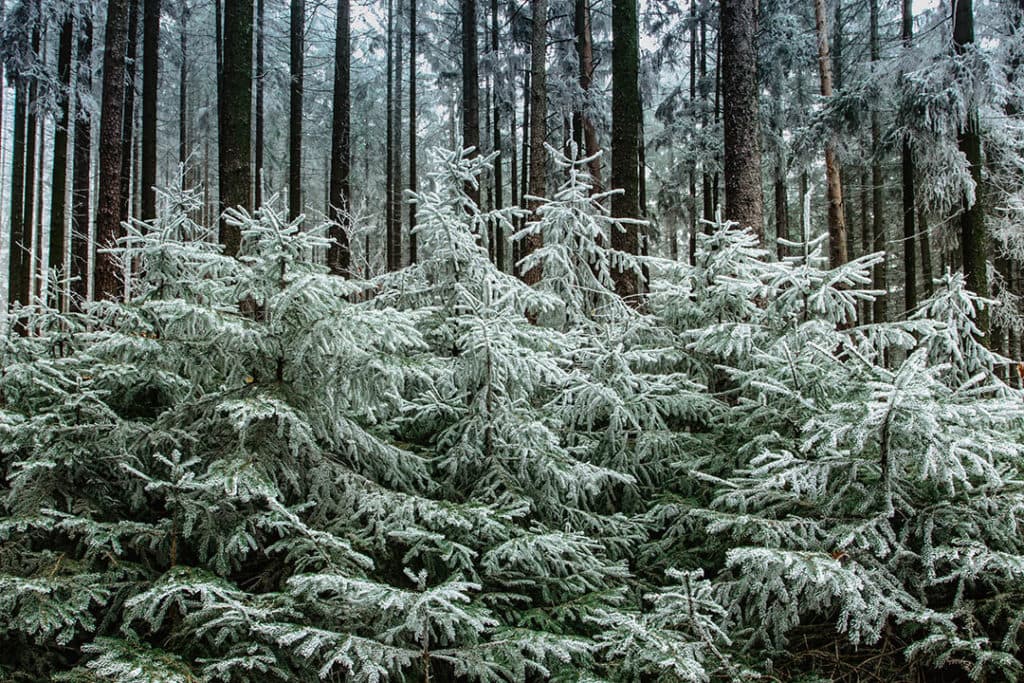
| USDA Hardiness Zone: | 3–11 |
| Wood Type: | Softwood |
The White Spruce is a beautiful tree in Wisconsin. You often find Spruce trees in northern forests along with Balsam and Tamarack trees. Occasionally, you will see Spruce growing with hardwoods.
24. Tamarack

| USDA Hardiness Zone: | 2–5 |
| Wood Type: | Softwood |
Tamarack is the only conifer tree in Wisconsin whose leaves change color and fall from the tree during the fall. In this regard, the Tamarack tree acts much more like a deciduous tree.
25. Walnut

| USDA Hardiness Zone: | 5–9 |
| Wood Type: | Softwood |
Although Walnut trees can be found throughout the state, only the southernmost counties can call the Walnut a native tree. The main Walnut tree in the area is the Black Walnut.
26. Willow
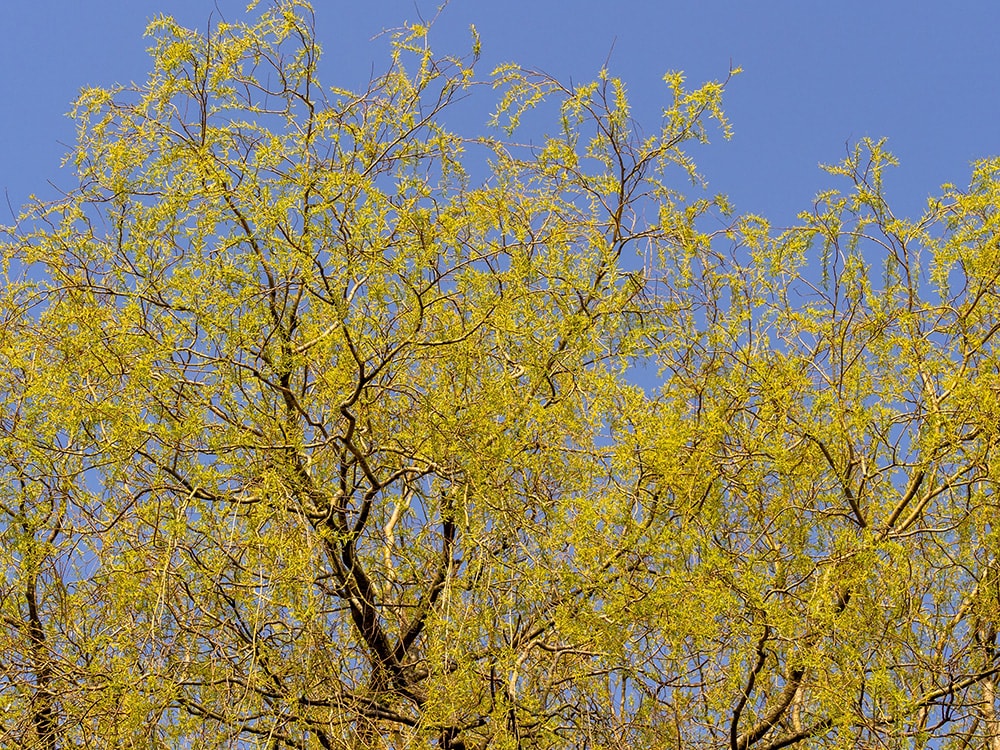
| USDA Hardiness Zone: | 4–10 |
| Wood Type: | Softwood |
Finally, the last tree type in Wisconsin is the Willow tree, specifically the Black Willow. The Black Willow is different from Weeping and Crack Willows, which are not native to the area but have been brought into the state.
How Do I Identify a Tree?
Whenever you are identifying a tree, there are several factors you should look at. You can identify a tree by looking at the leaves, bark, flowers, fruit, and shape. The leaves are the easiest way to identify trees, but you will need to look at the other categories for certain species.
Tree identification books will help you to take what you are seeing on the tree and determine what kind of tree you are looking at.
- You might also like: Poison Hemlock: Identification, Management & Safety Advice
In Conclusion
Now you know the 26 native tree species in Wisconsin. Although there are other trees in this state, these trees are exotic and have been brought in by humans. Some exotic trees are great for the environment, while others are invading the native trees’ space and causing problems.
Learn how to identify these 26 trees by looking at their leaves, bark, flowers, fruit, and shape. Good luck!
Related Read:
- 12 Types of Trees in Tennessee
- 13 Types of Trees in Massachusetts (With Pictures)
- 12 Wildflowers That Grow In Wisconsin (Identification Guide With Pictures)
Featured Image Credit: Leonardo_o7, Shutterstock
Contents

